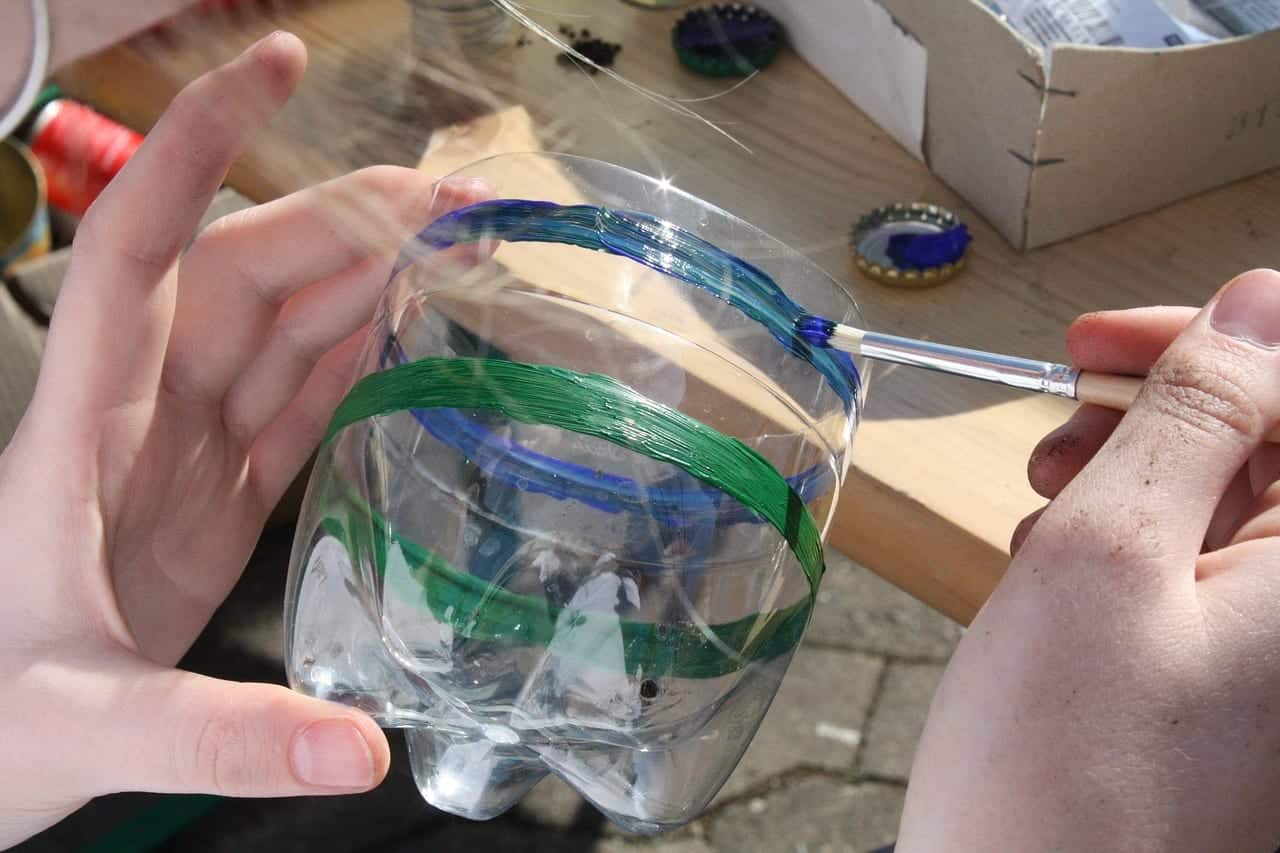We’re all familiar with the 3Rs that encourage us to reduce, reuse, and recycle. Today’s blog is about a fourth way to protect the environment, reduce waste, and save money: upcycling. It may not start with an R, but it should have a place in your everyday ecological practice for its power to conserve resources and continue the lifetime of products. Here are a few facts, and some supporting videos, to get you on board.
Upcycling Versus Recycling
Let’s start this conversation by designating the difference between recycling and upcycling. Recycling converts what would have been trash into a reusable material or product. Upcycling re-purposes materials that would have been trash into something of a higher quality. Recycling takes energy and resources to transform trash into another product. Upcycling saves energy and resources by using the same product to make something new. Recycling is good, but upcycling is even better! Here are a few examples to help you better understand the concept.
Upcycling is all about extending the life of materials without degrading them. For example, recycling a plastic bottle usually means creating a new product. The recycled material becomes carpet, a fleece jacket, or a toy. These things will eventually get thrown away. By upcycling plastic bottles to create a vertical garden, you’re keeping them out of a landfill. You’re also negating the need to buy a planter manufactured from some other material. The sum total is that you’re reducing waste in two ways: reducing waste and eliminating the need to buy something new. Upcycling sends materials back up the supply chain.
The Origin of Upcycling
The term “upcycle” was coined in the 2002 book Cradle to Cradle: Remaking the Way We Make Things. Authors William McDonough, an American architect & designer, and Michael Braungart, a German chemist, wrote about the need to change the Western approach to industrial and manufacturing systems in a bid to save the natural world. They wrote the follow-up The Upcycle: Beyond Sustainability—Designing for Abundance with more examples of how good design can be implemented through upcycling. McDonough and Braungart went on to found Cradle to Cradle Products Innovation Institute as an outlet for open source information that inspires change.
https://www.youtube.com/watch?time_continue=204&v=cOMVZKQYZYU
Trashion
In Canada, the average person throws out 81 pounds of textiles every year. When you consider that it takes 700 gallons of water to produce a tee-shirt and 1800 gallons to manufacture a pair of jeans, that’s a lot of wasted energy. The fashion industry has taken notice and responded with trashion. As you may have already guessed, trashion is an upcycling portmanteau made by combining fashion and trash. If you’re imagining dresses made out of cardboard boxes and shirts fashioned from old rags, think again. A handful of brands and designers are making beautiful pieces in a sustainable way.
Case Study: Cuba
It’s said that necessity is the mother of invention. In Communist Cuba, Fidel Castro banned imports on foreign cars and car parts in 1959. To keep cars on the road, citizens had to work with existing materials. This resourcefulness led to what one man calls technological disobedience. The idea is that people refused to use a machine only for its original purpose. Instead, Cubans repurposed vinyl records to replace missing fan blades and fashioned tv trays into antennas. This short documentary explores the ingenuity of the population.
Downcycling is a type of recycling that turns a material into a cheaper or weaker version of the original material.
DIY
If you’re still unsure about embracing upcycling, get some inspiration here, here, and here. There are so many ways to repurpose an item that’s already been manufactured to create something useful and beautiful. Try looking around your house before you head to the store. Do you already have an item you’re not using that could be repurposed? Get creative, involve the kids, save money, and give the environment a break. We’ll be busy figuring out how we can upcycle some old VHS tapes.









